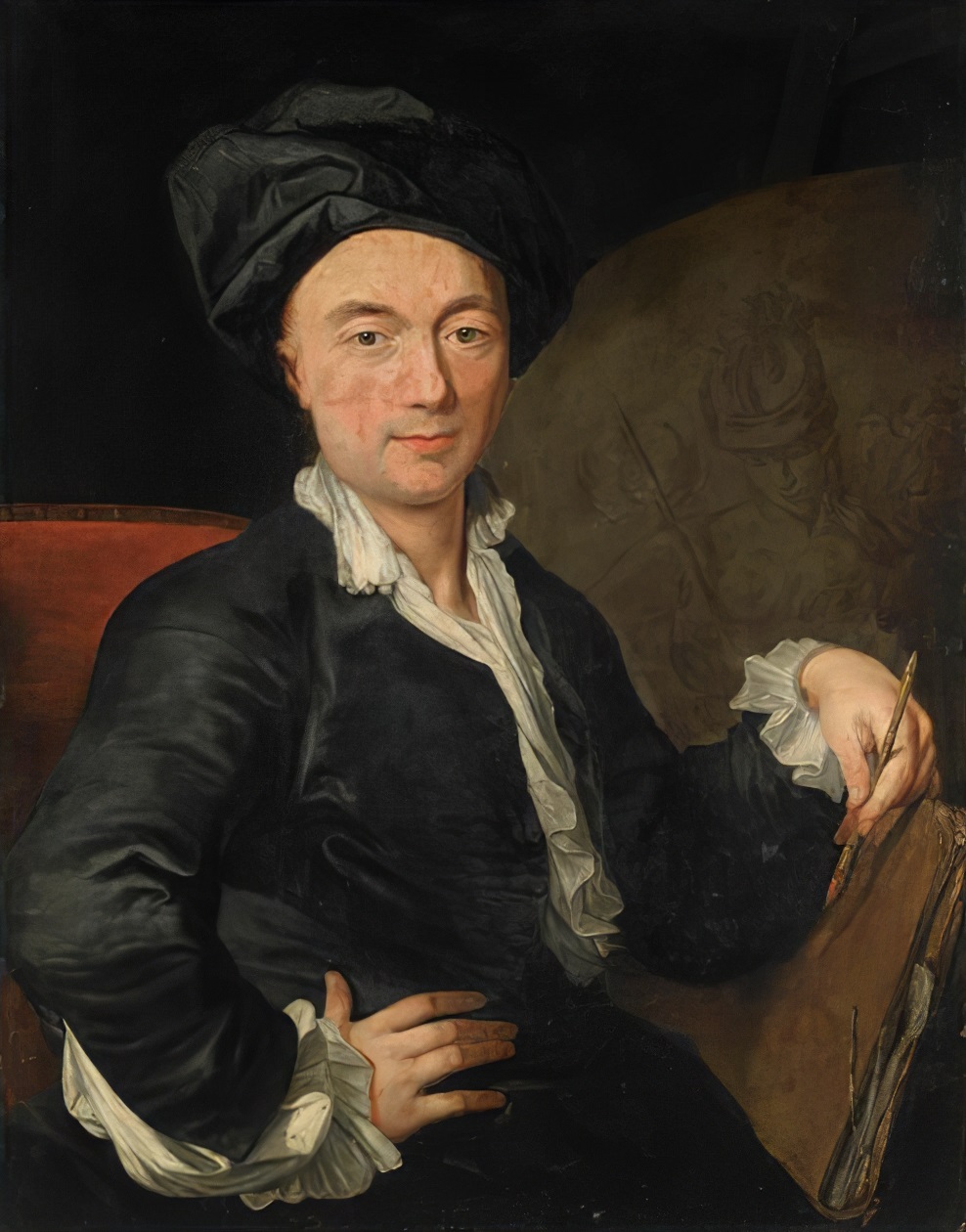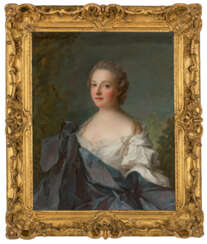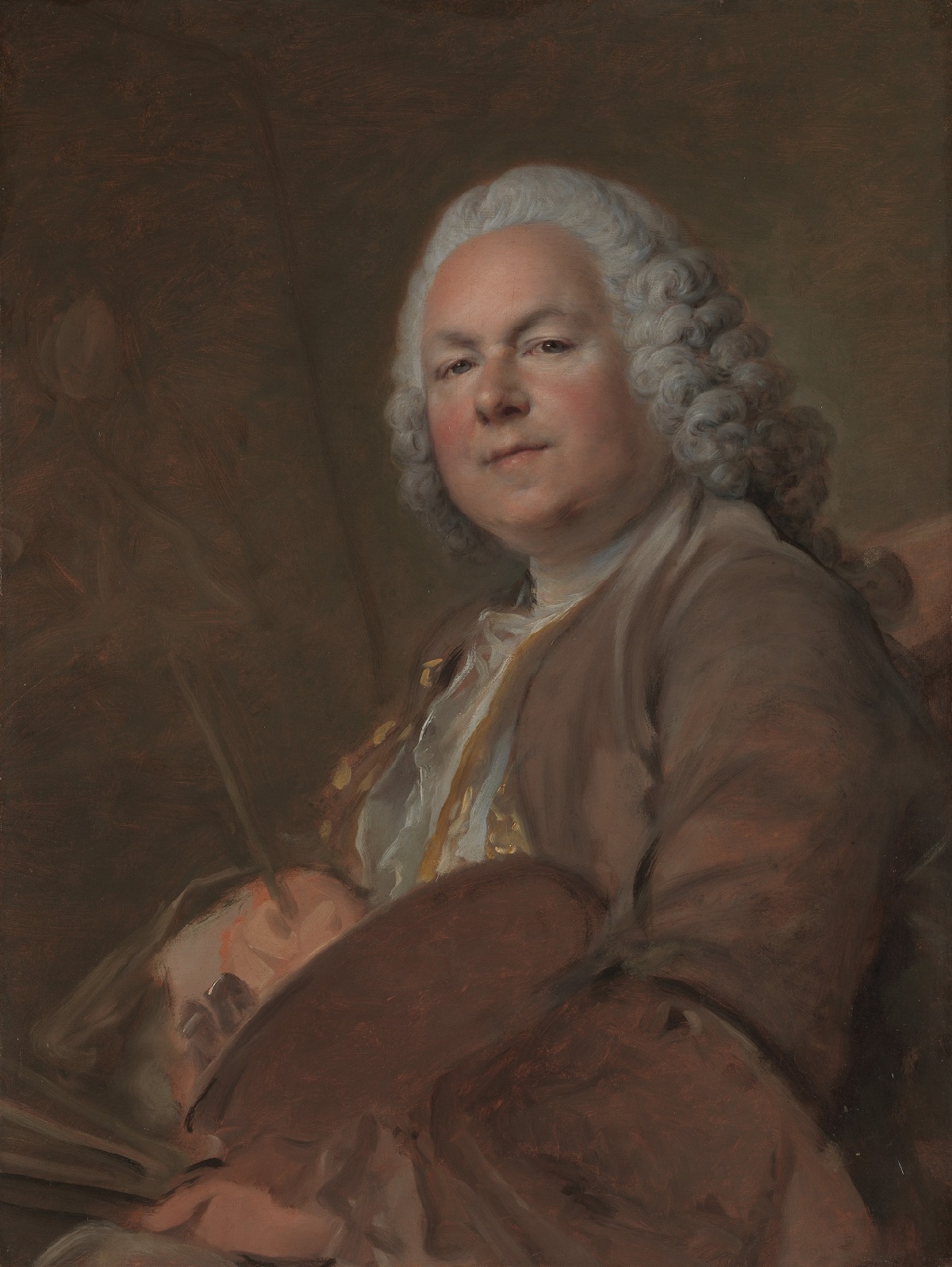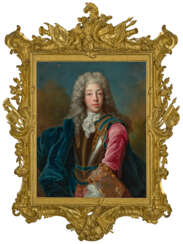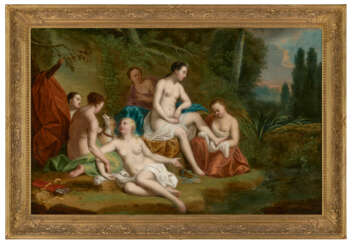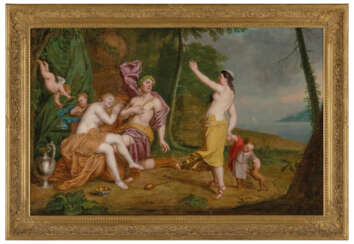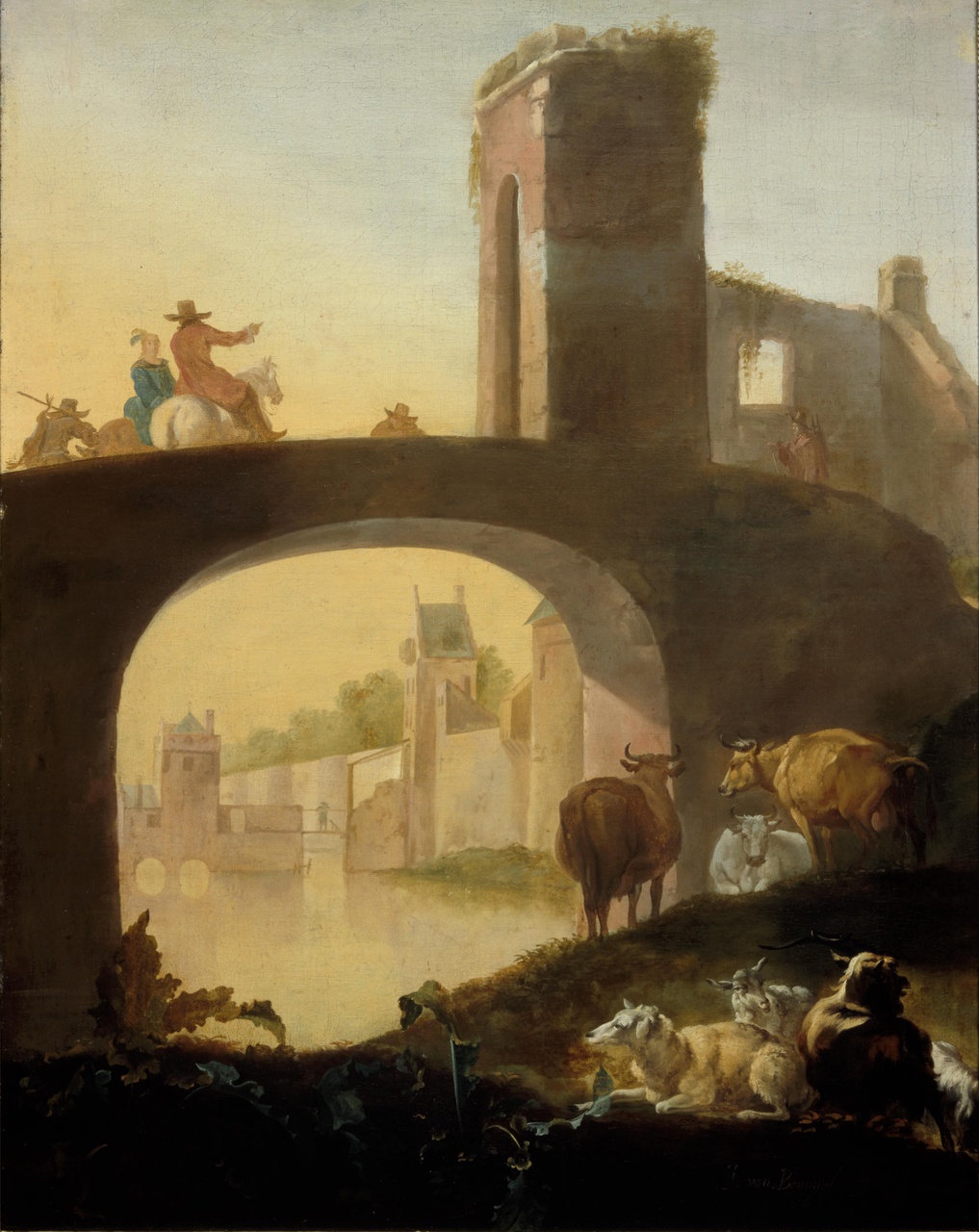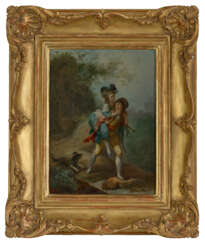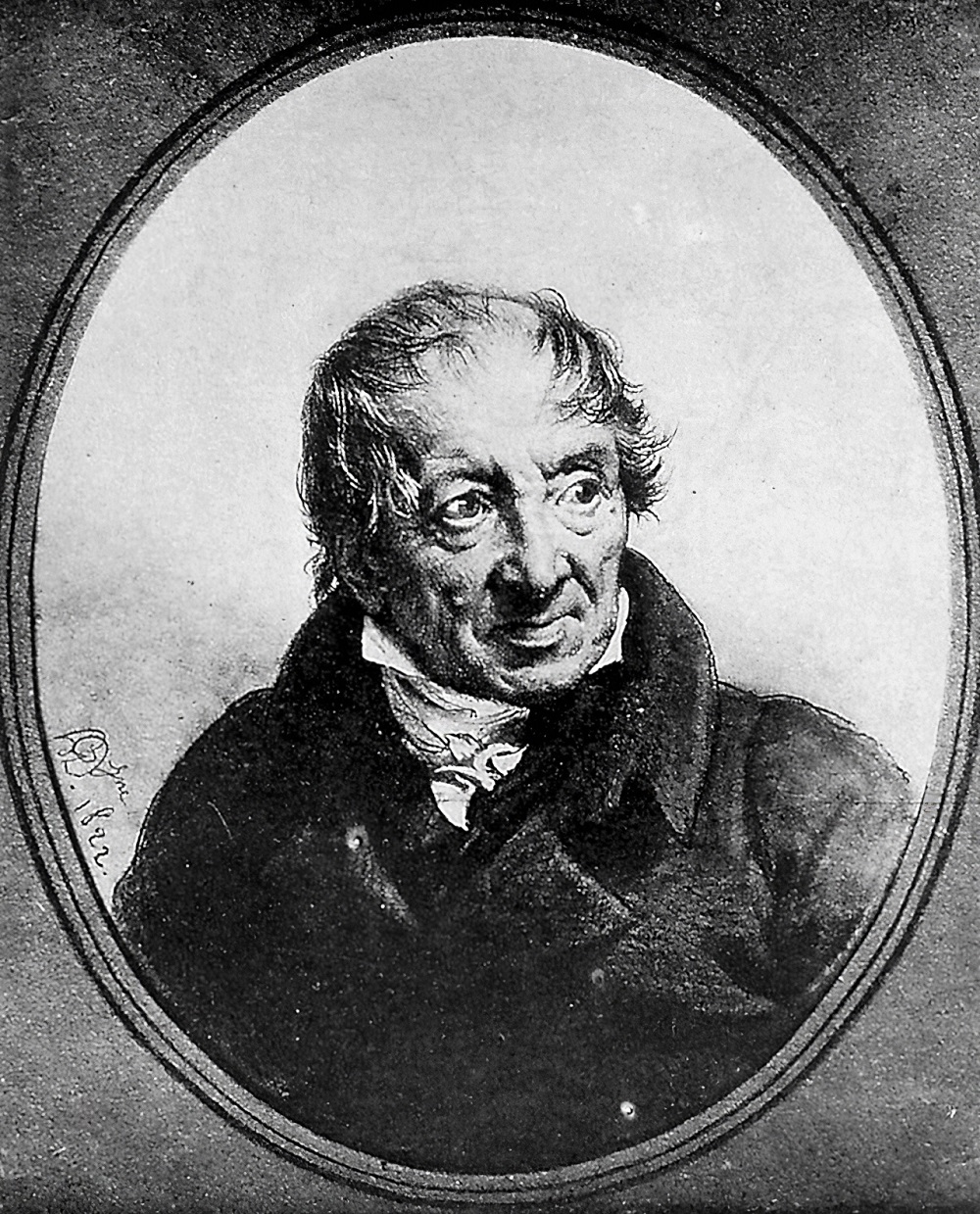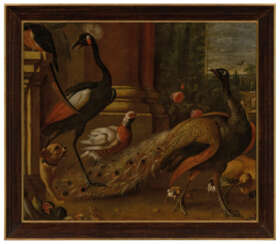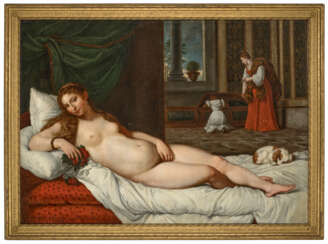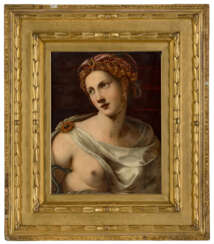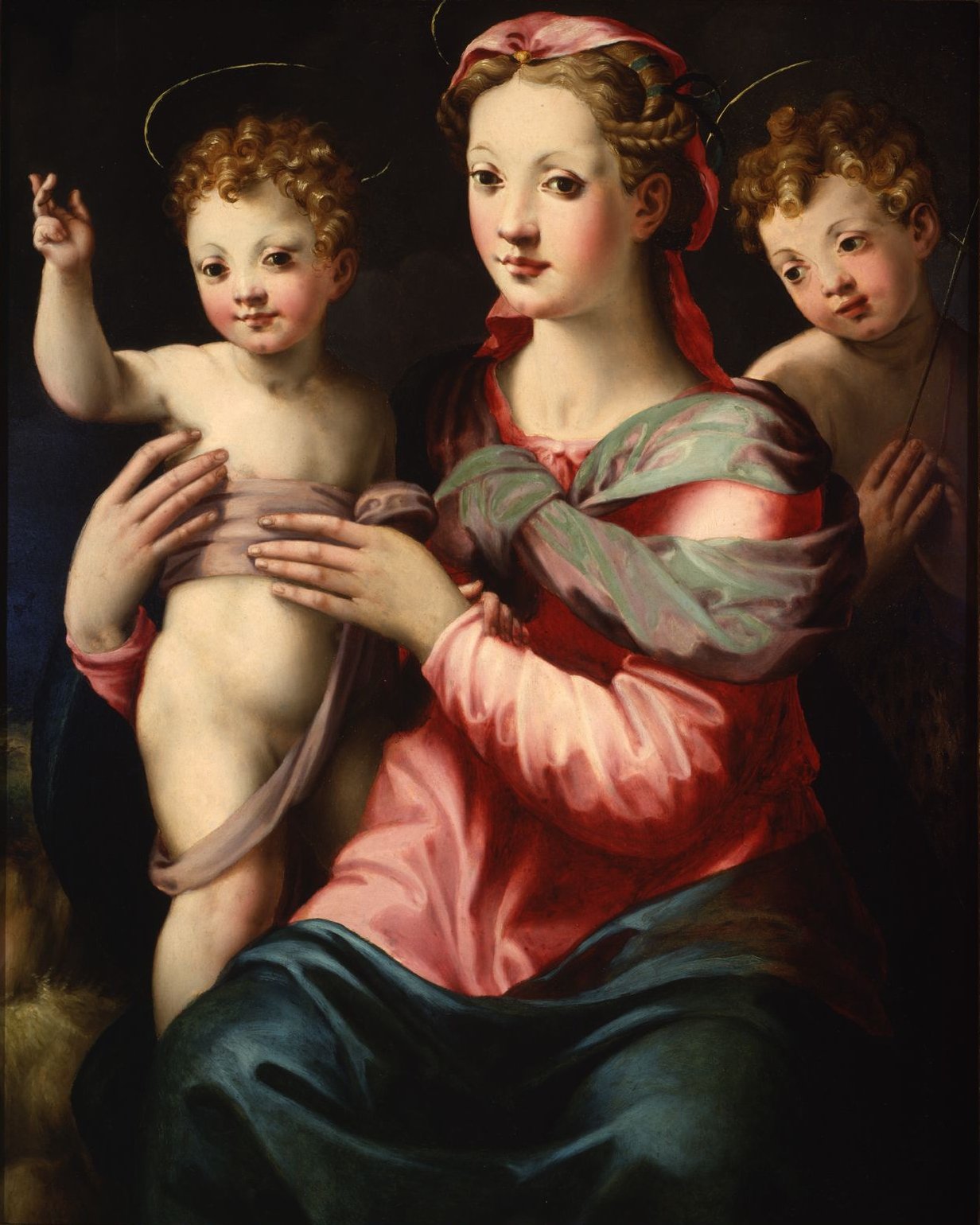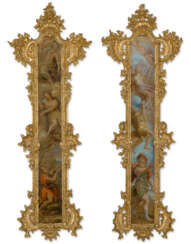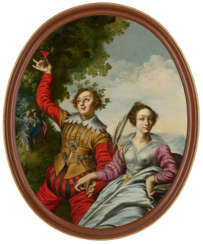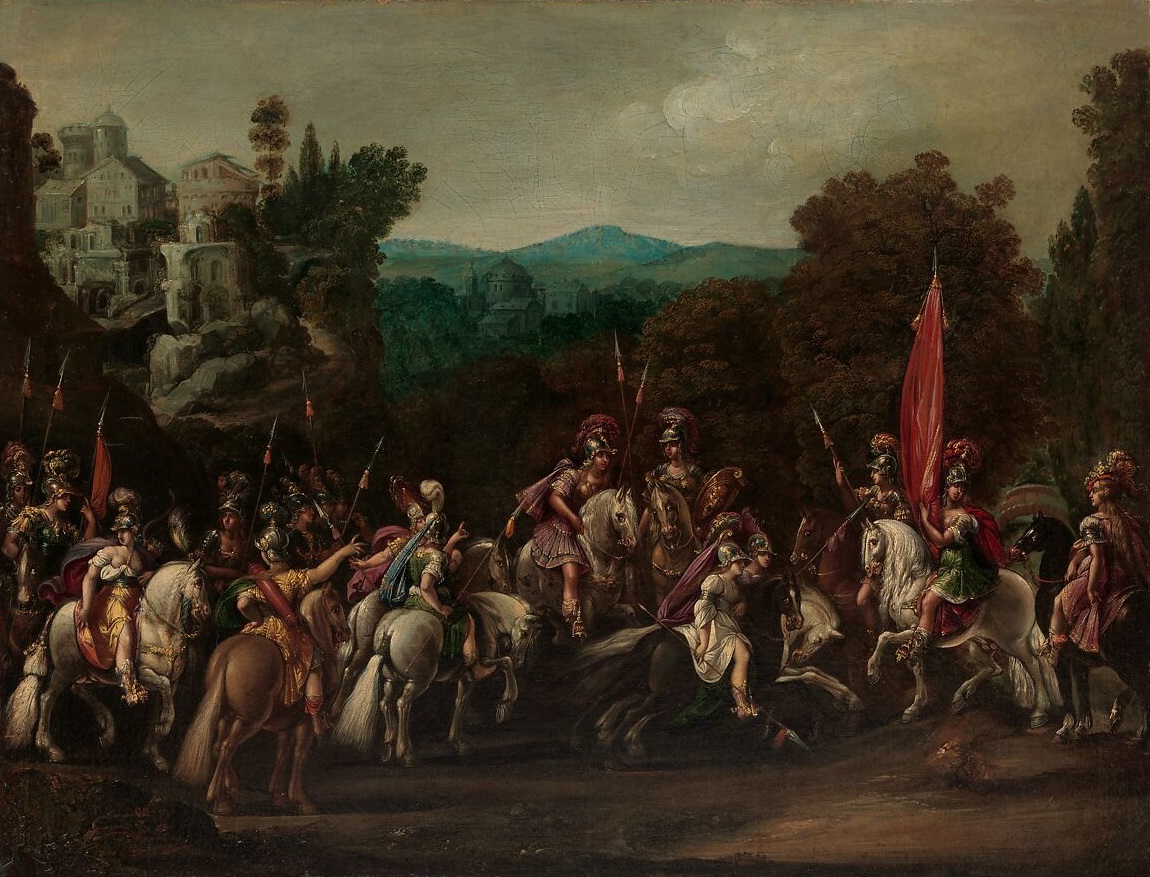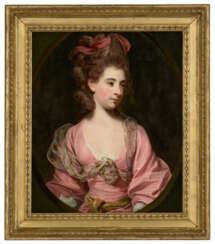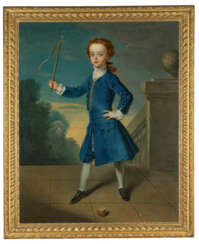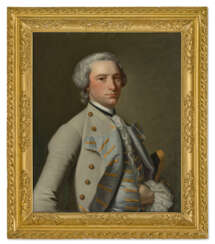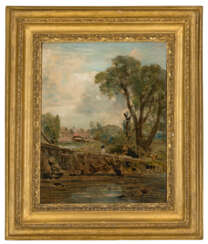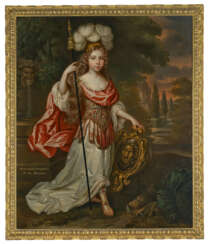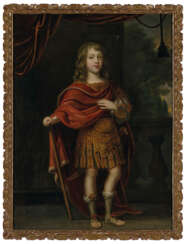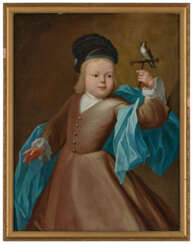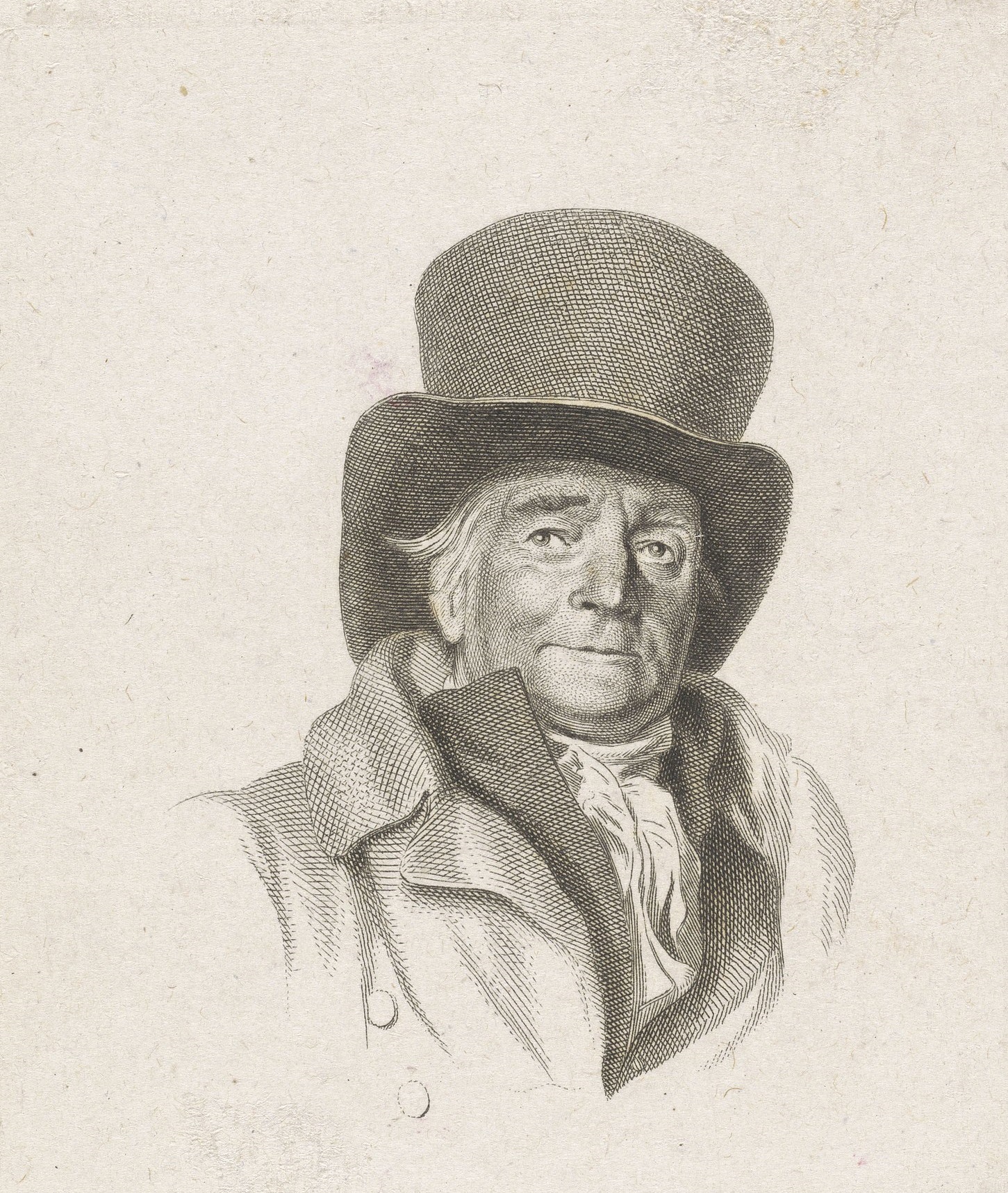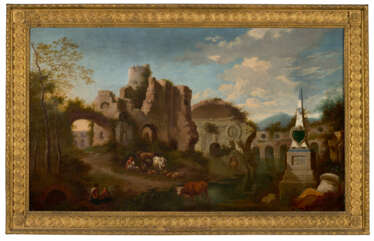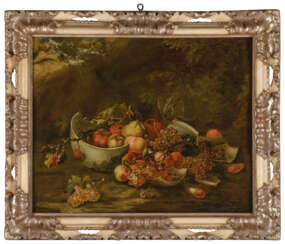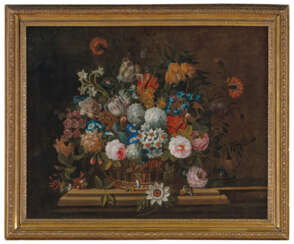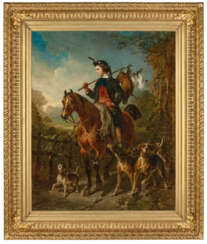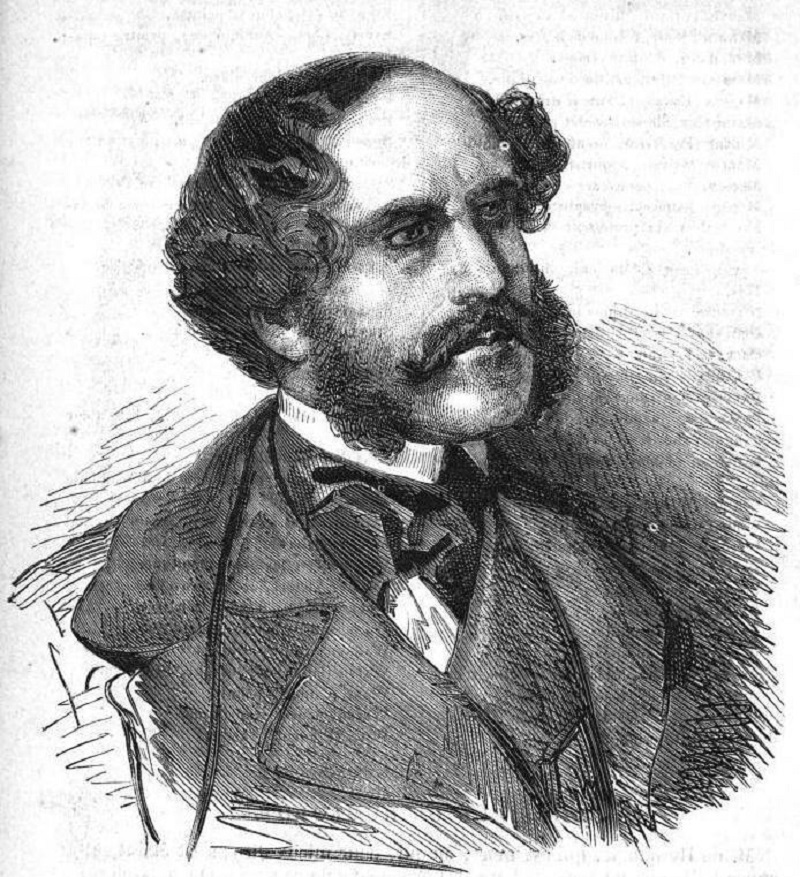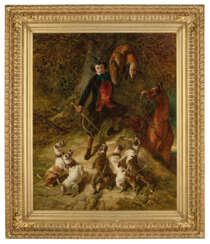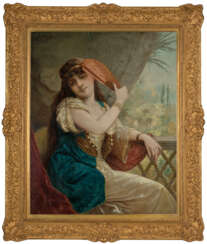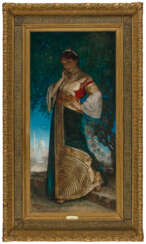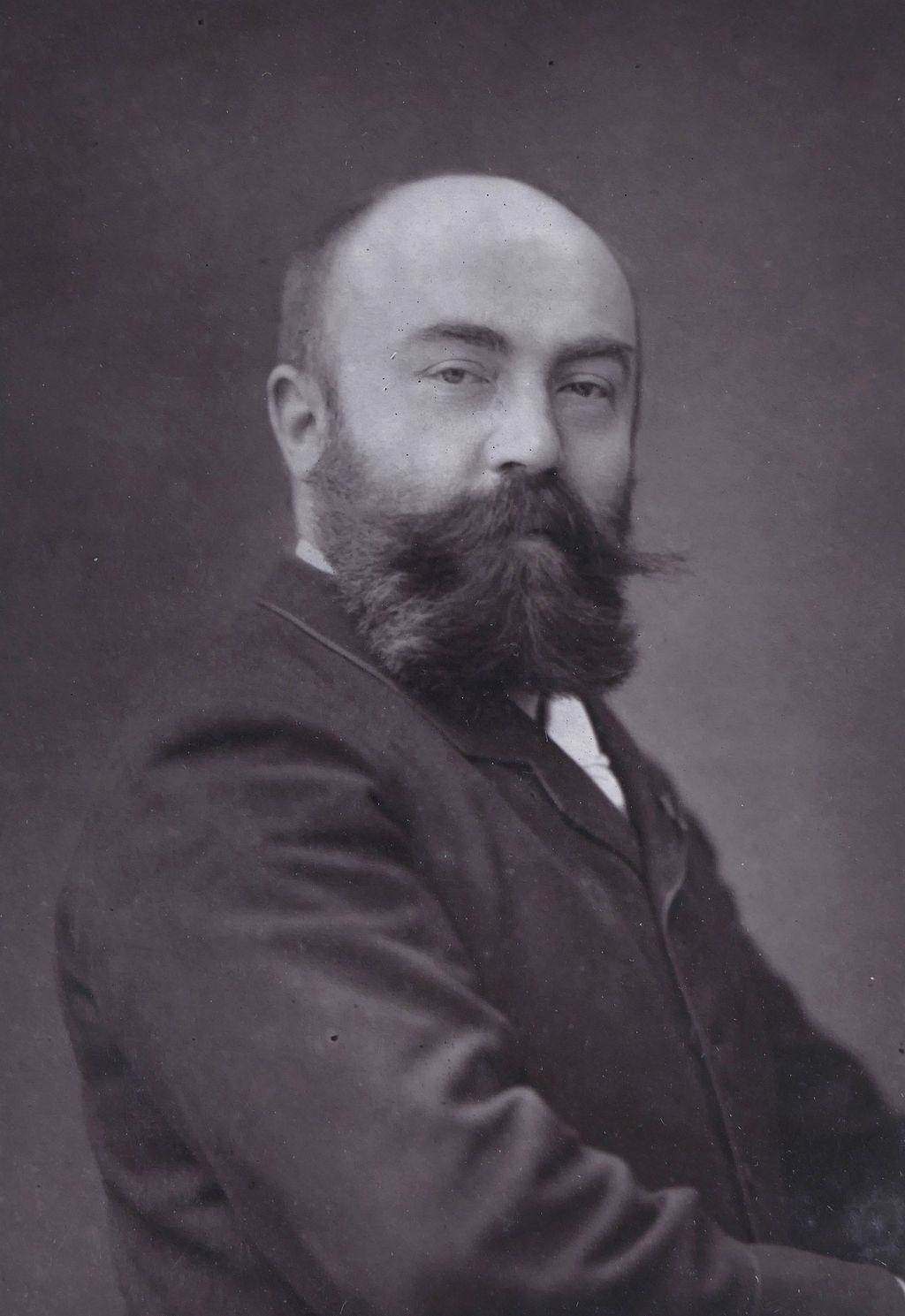
Paintings — An Opulent Aesthetic: An Important Private Collection from an English Country House
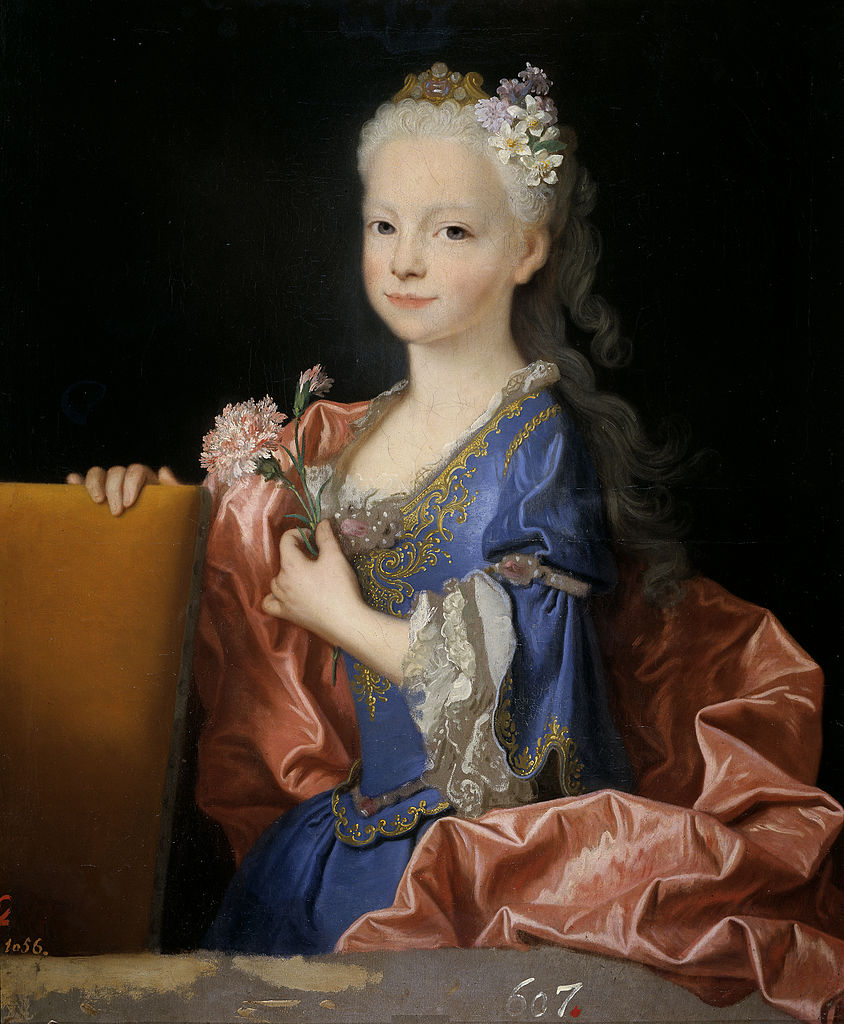
Jean Ranc was a French painter, mainly active in portraiture. He trained under his father Antoine Ranc and his father's former student Hyacinthe Rigaud and served in the courts of both Louis XV of France and (from 1723 onwards) Philip V of Spain.
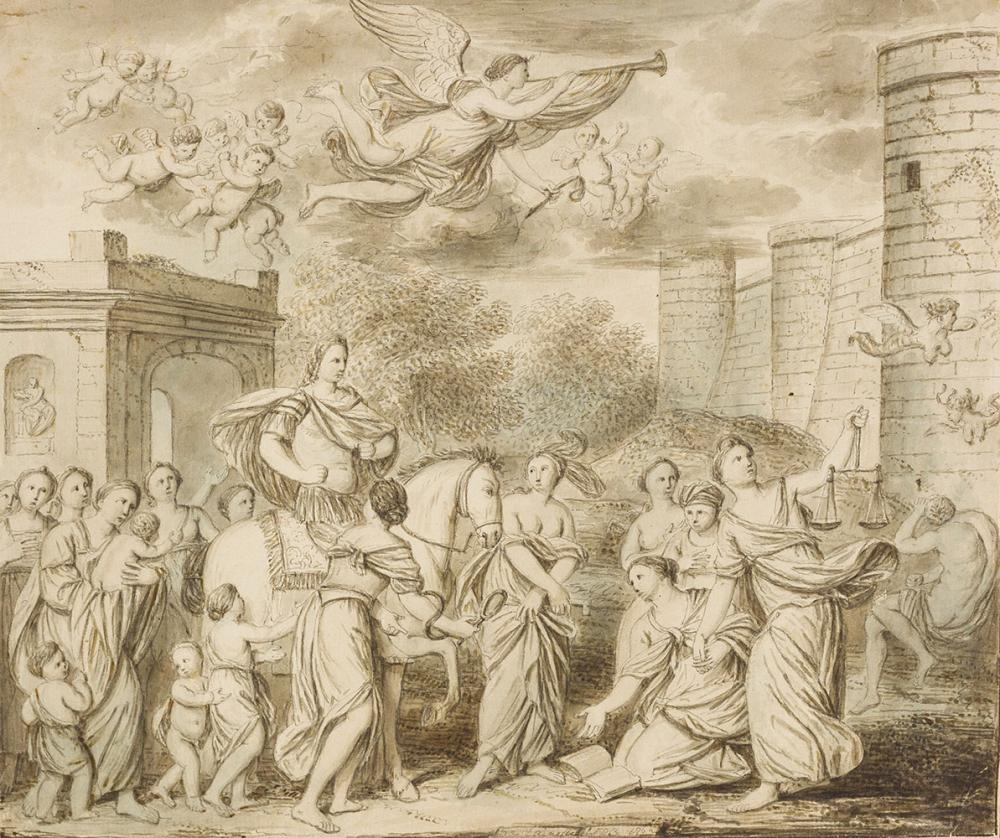
Louis Fabricius Dubourg (Louis Fabritius du Bourg) was an historical and academic painter of arcadian landscapes, and an engraver.
He was a pupil of Gerard de Lairesse, Gerrit Rademaker (1672-1711) and Jacob van Huysum. In 1718 he became sexton of a small wooden church on Kerkstraat. Around 1726 he was practising foreshortening and may have been a member of an academy; he produced a lot of nude (art) during his life.

Louis Fabricius Dubourg (Louis Fabritius du Bourg) was an historical and academic painter of arcadian landscapes, and an engraver.
He was a pupil of Gerard de Lairesse, Gerrit Rademaker (1672-1711) and Jacob van Huysum. In 1718 he became sexton of a small wooden church on Kerkstraat. Around 1726 he was practising foreshortening and may have been a member of an academy; he produced a lot of nude (art) during his life.
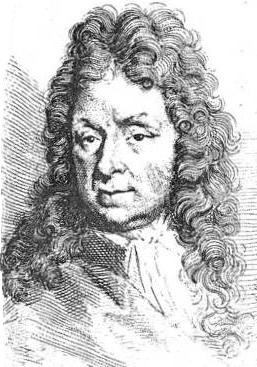
Melchior d'Hondecoeter was Dutch animalier painter, was born in Utrecht and died in Amsterdam. After the start of his career, he painted virtually exclusively bird subjects, usually exotic or game, in park-like landscapes. Hondecoeter's paintings featured geese (brent goose, Egyptian goose and red-breasted goose), fieldfares, partridges, pigeons, ducks, northern cardinal, magpies and peacocks, but also African grey crowned cranes, Asian sarus cranes, Indonesian yellow-crested cockatoos, an Indonesian purple-naped lory and grey-headed lovebirds from Madagascar.
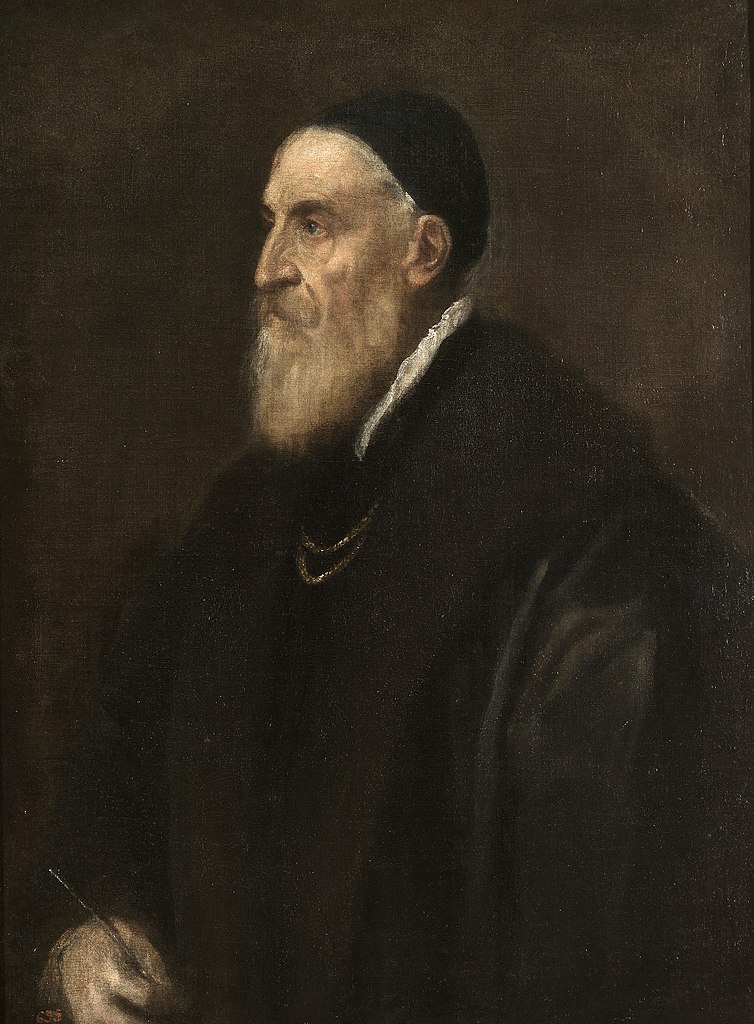
Tiziano Vecellio, an Italian Renaissance painter from Venice, stands out as a pivotal figure in the art world, renowned for his versatility across various genres like portraits, landscapes, and religious subjects. His influence on the development of Western art, particularly through his revolutionary use of color, is profound and long-lasting.
Born around 1488/90 in Pieve di Cadore, part of the then Republic of Venice, Titian's talent was evident early on. He began his artistic journey in the studio of the Bellini brothers in Venice, later joining forces with Giorgione, another influential painter of the time. This collaboration marked the beginning of a distinguished career that would see Titian become the most sought-after painter in Europe, working for nobility, the Habsburgs, and the papacy.
Titian's style evolved significantly throughout his career. He initially gained recognition for his vibrant, luminous colors and later became famous for his loose brushwork and subtle tonality. This shift was not just a matter of aesthetics but also represented a deeper understanding of color and light. Titian's approach to painting, particularly his use of colore, where he juxtaposed colors to define compositions, contrasted sharply with the line-focused disegno technique of the time. This method contributed significantly to the distinctiveness of Venetian art.
Among his many patrons, Emperor Charles V and his son, Philip II of Spain, were perhaps the most notable. As their official painter, Titian created numerous portraits and mythological works that were celebrated for their psychological depth and expressive use of color. His 'poesie' series for Philip II, including famous works like "Diana and Actaeon," showcased his skill in portraying mythological narratives with a sense of drama and sensuality.
Titian's later works, created in the 1560s and 1570s, are particularly revered for their experimental nature, pushing his art towards what has been termed 'magic impressionism'. These works, like "The Death of Actaeon" and the unfinished "Pietà", demonstrate a radical departure from his earlier style and reflect a continued evolution even in his later years.
For art collectors and experts, Titian's oeuvre represents a crucial link in the history of European art, illustrating the transition from the Renaissance to a more modern, expressive form of painting. His mastery of color and light, combined with his ability to convey deep emotional resonance, continues to influence artists and captivate viewers centuries later.
To stay updated on artworks and auction events related to Tiziano Vecelli, consider signing up for updates. This subscription will ensure you are informed about new product sales and auction events related to this remarkable artist.
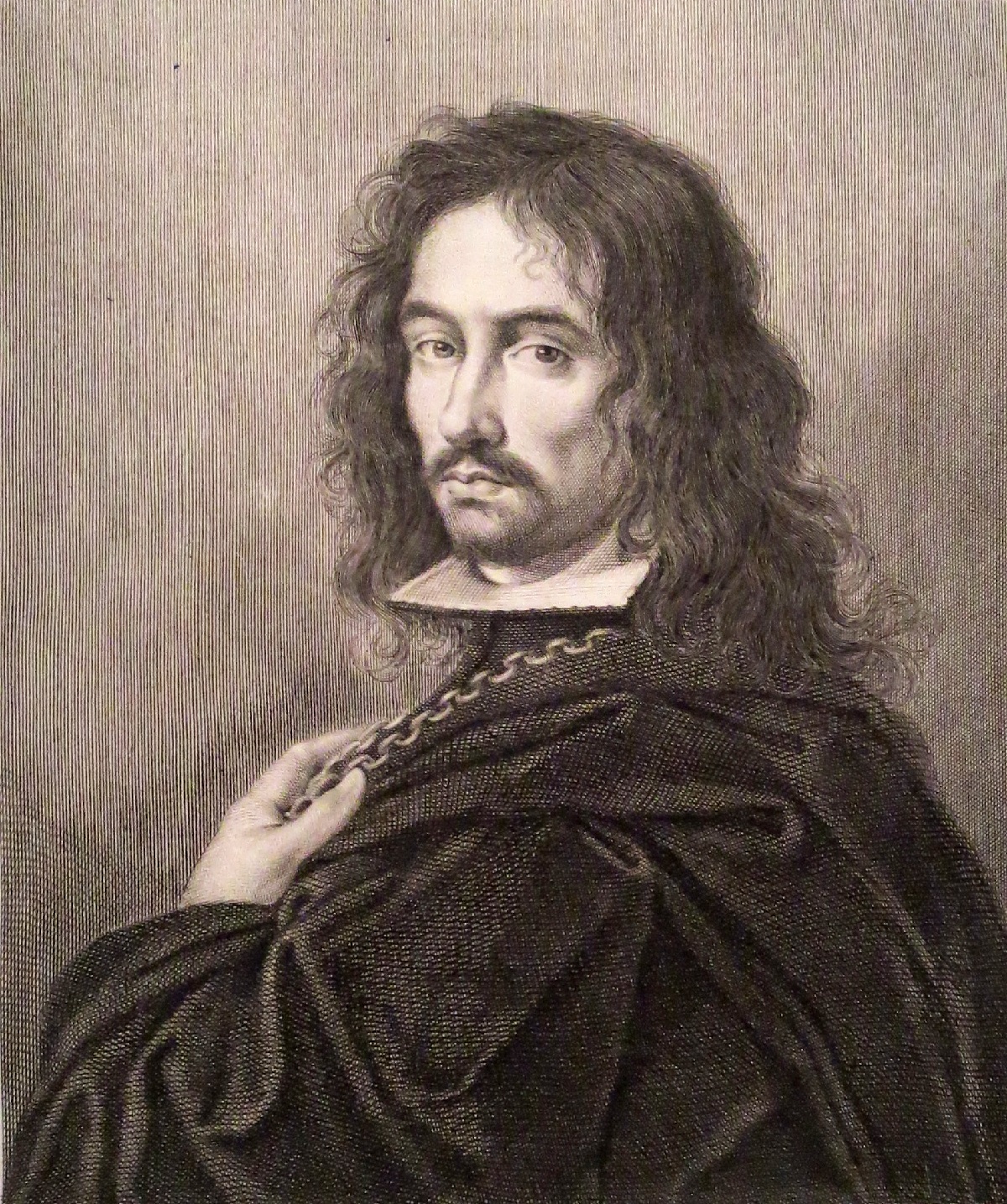
Luca Giordano, born on October 18, 1634, in Naples, emerged as the most celebrated Neapolitan painter of the late 17th century, known for his quick workmanship, which earned him the nickname "Luca Fa Presto" from his father's frequent admonitions to work quickly. His profound contribution to the development of Italianate landscape painting marked a significant chapter in art history.
Giordano's works are celebrated for their dynamic compositions, vibrant color palette, and the ability to infuse his subjects with vitality and emotion. His prolific career saw him working across Italy and Spain, leaving behind a legacy that includes monumental works such as the frescoes in the Palazzo Medici-Riccardi in Florence and the ceiling paintings in Santa Brigida Church in Naples. His late works, lighter and prefiguring the Rococo movement, were particularly influential and admired by later artists such as Fragonard.
Giordano's artistic prowess was not confined to a single genre; his oeuvre includes religious and mythological scenes, landscapes, and portraits. His versatility and ability to adapt his style to suit different subjects and patrons' preferences made him a pivotal figure in the transition from the Baroque to the Rococo style. Despite criticisms of superficiality due to his rapid execution, Giordano's work was fundamentally rooted in a deep understanding of his predecessors, combining the dramatic intensity of the Baroque with the emerging lighter Rococo aesthetic.
For collectors and experts in art and antiques, Luca Giordano's paintings represent a significant period in art history, bridging the gap between two major stylistic periods and reflecting the vibrant cultural exchanges of 17th-century Europe. His works, found in esteemed collections worldwide, continue to be studied and admired for their technical brilliance and artistic innovation.
To explore more about Luca Giordano's masterful contributions to the world of art and to stay updated on exhibitions or sales featuring his work, consider signing up for updates from art institutions. This subscription ensures enthusiasts and collectors are well-informed about developments related to Giordano's oeuvre, enhancing their appreciation and understanding of his enduring legacy.
Sir Joshua Reynolds was an English painter, specialising in portraits. John Russell said he was one of the major European painters of the 18th century. He promoted the "Grand Style" in painting which depended on idealization of the imperfect. He was a founder and first president of the Royal Academy of Arts, and was knighted by George III in 1769.
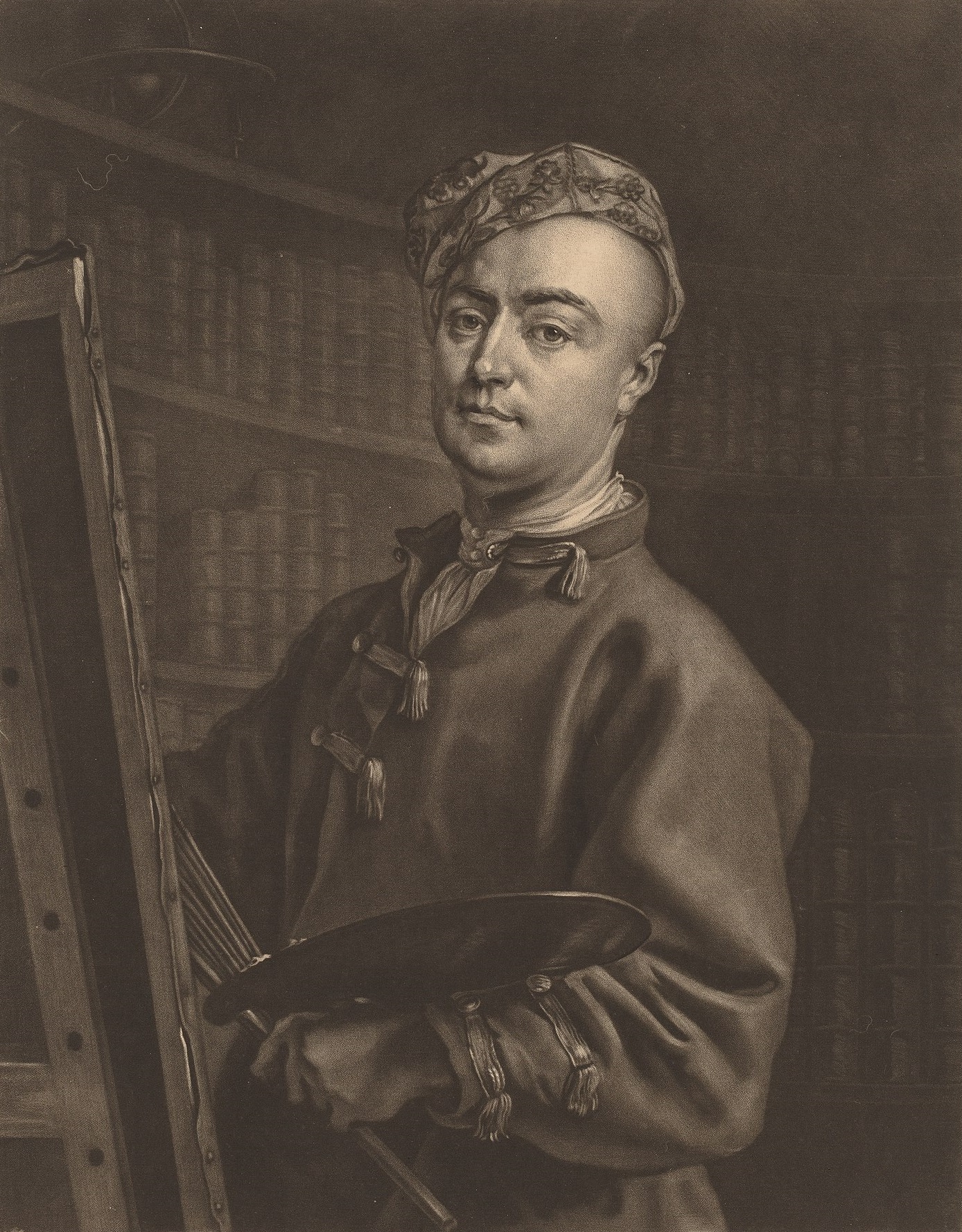
Philip Mercier (French: Philippe Mercier) was a French painter, draughtsman and printmaker, a leading representative of the early Rococo period, a student of Antoine Paine and follower of Antoine Watteau. Mercier grew up and studied in Berlin, but spent most of his artistic life in England; he also worked in France, Italy and Portugal.
His artistic legacy consists of about three hundred paintings, drawings and etchings: portraits and genre scenes. He was strongly influenced by his French and English contemporaries - Antoine Watteau, Jean-Simeon Chardin and William Hogarth — and exercised a marked influence on English Georgian painting as one of the creators of a variant of the informal group portrait - the so-called "conversation scene.
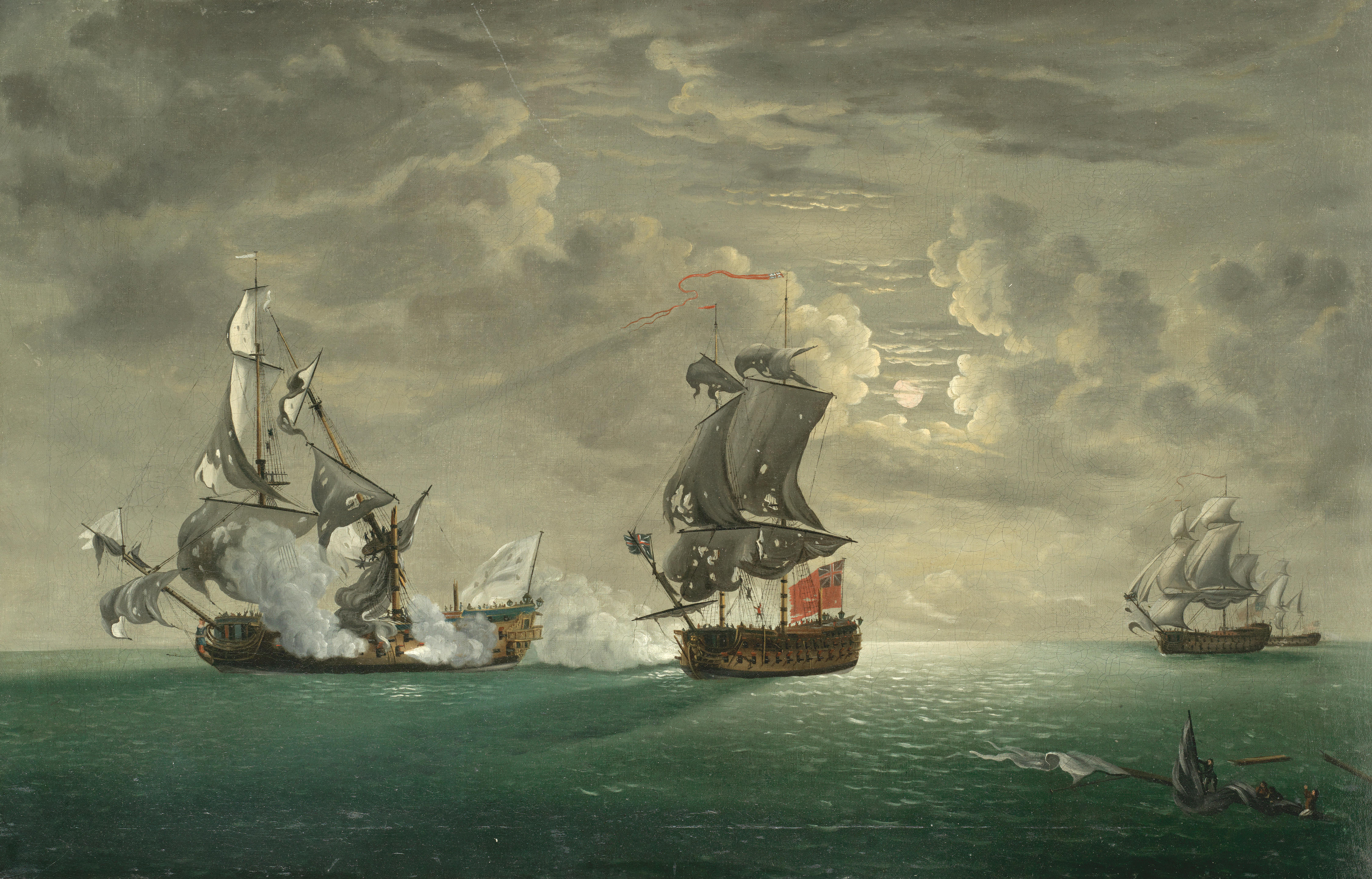
Francis Swaine was a British marine painter.
Francis Swaine was a popular artist of his time and regularly displayed works at the Society of Artists of Great Britain and the Free Society of Artists.

Thomas Hudson was an English portrait painter.
Hudson was most prolific between 1740 and 1760 and, from 1745 until 1755 was the most successful London portraitist.
Many of Hudson's works may be seen in art galleries throughout the United Kingdom. They include the National Portrait Gallery, the National Maritime Museum, Tate, Barnstaple Guildhall, Foundling Museum and the Bristol City Museum and Art Gallery.
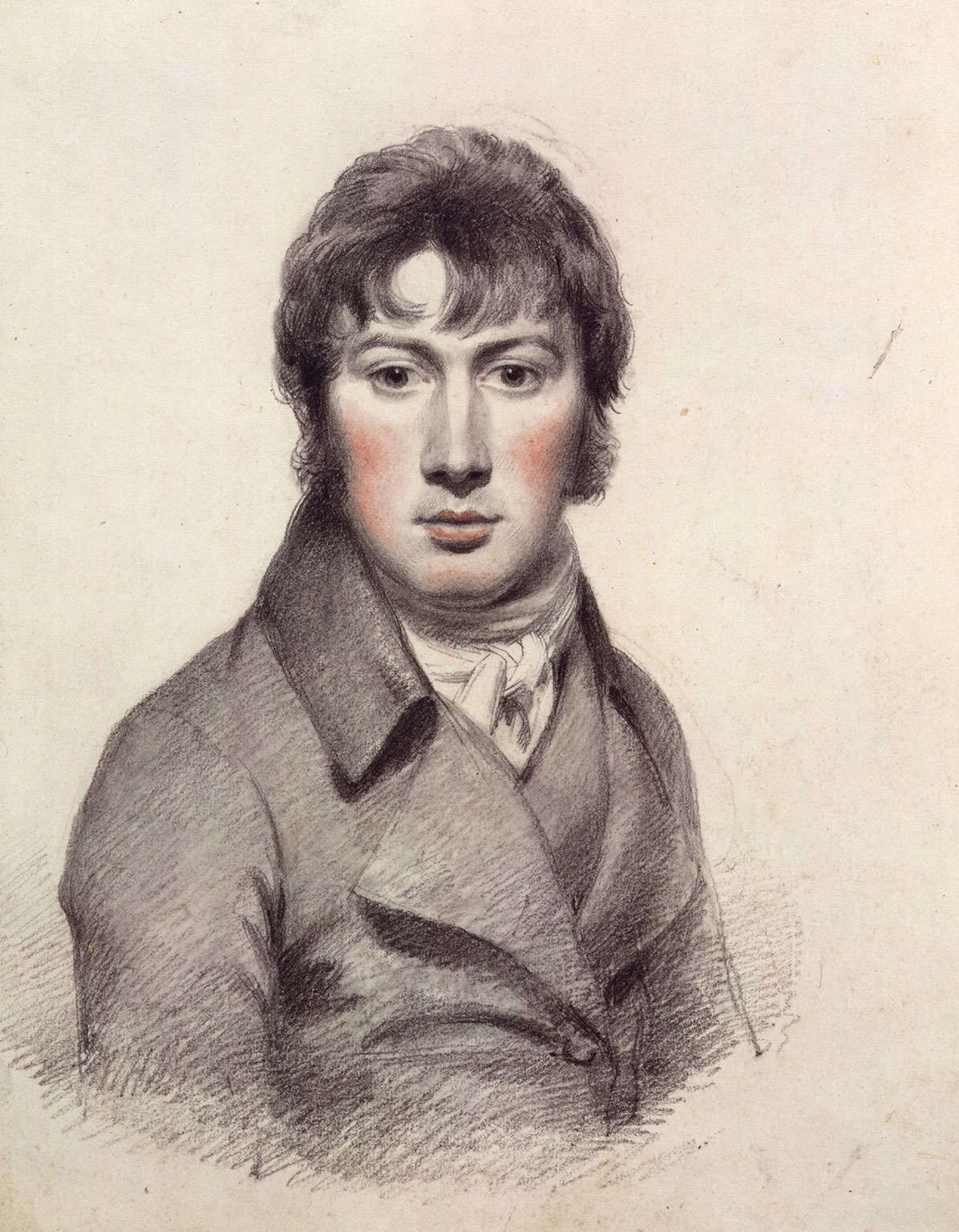
John Constable was an English landscape painter in the Romantic tradition. Born in Suffolk, he is known principally for revolutionising the genre of landscape painting with his pictures of Dedham Vale, the area surrounding his home — now known as "Constable Country" — which he invested with an intensity of affection. "I should paint my own places best", he wrote to his friend John Fisher in 1821, "painting is but another word for feeling".
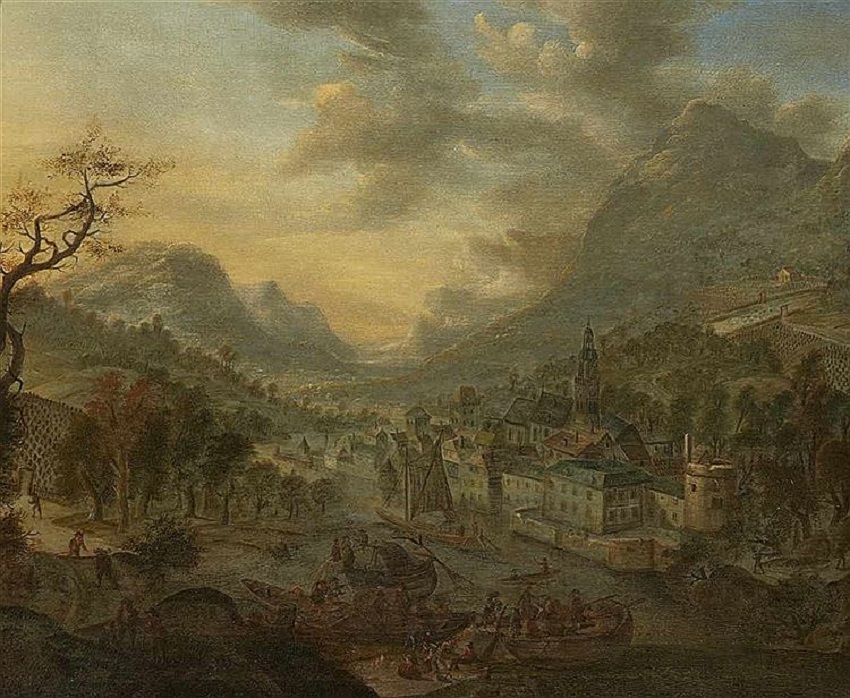
Jan Griffier the Younger was an 18th-century painter active in England.
According to the Netherlands Institute for Art History he was the son of Jan Griffier I and the younger brother of Robert. He lived on Pall Mall and influenced the painter Christian August Lorentzen.

Louis Fabricius Dubourg (Louis Fabritius du Bourg) was an historical and academic painter of arcadian landscapes, and an engraver.
He was a pupil of Gerard de Lairesse, Gerrit Rademaker (1672-1711) and Jacob van Huysum. In 1718 he became sexton of a small wooden church on Kerkstraat. Around 1726 he was practising foreshortening and may have been a member of an academy; he produced a lot of nude (art) during his life.
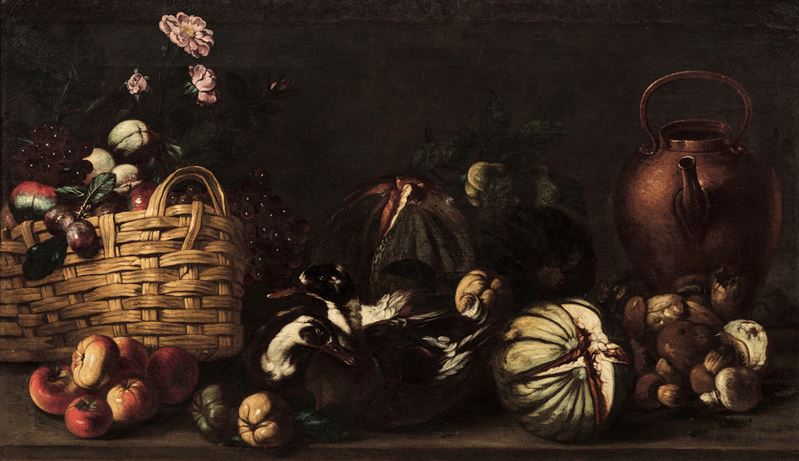
Simone del Tintore was an Italian painter, active in his native Lucca. He is mainly known as a still-life painter but he may also have painted religious subjects.
He trained at the 'Academy of Painting and Drawing of Lucca', which had been established by the local artist Pietro Paolini.
Del Tintore evolved from still lifes ('natura morta') to 'natura viva', compositions which included living animals and figures, occasionally painted by his teacher Pietro Paolini.
Del Tintore's favoured motifs were wicker baskets laden with fruit and mushrooms scattered about with pale, luminous green leaves transformed into a dense, dark green thanks to the use of chiaroscuro effects.
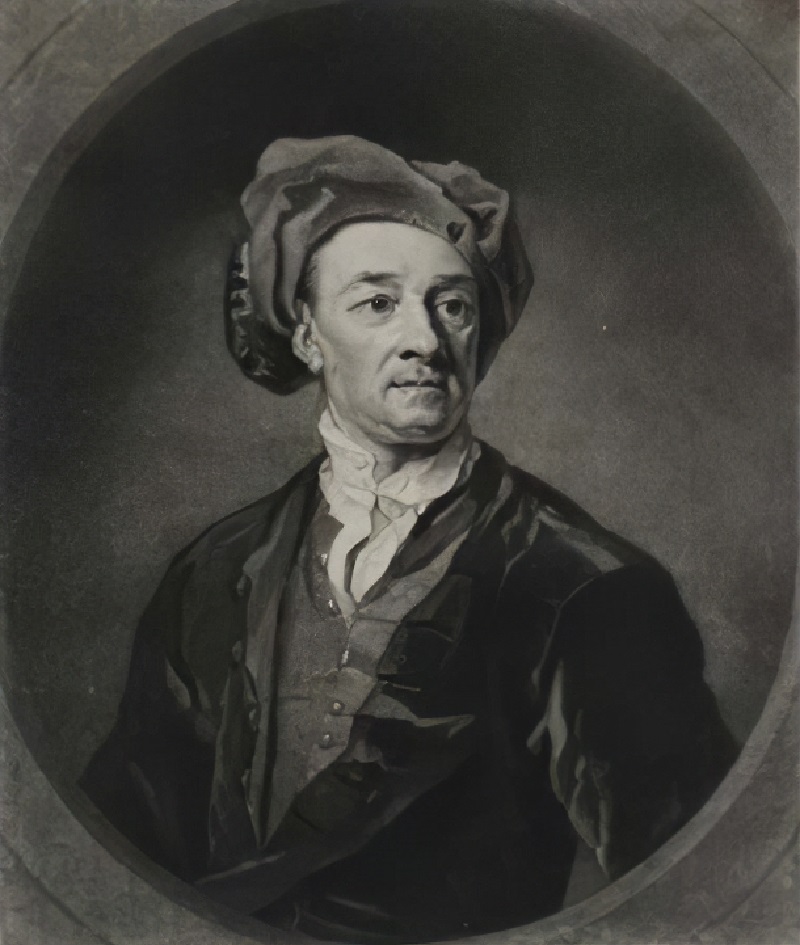
Jean-Baptiste Monnoyer was a Franco-Flemish painter who specialised in flower pieces. He was attached to the Gobelins tapestry workshops and the Beauvais tapestry workshops, too, where he produced cartoons of fruit and flowers for the tapestry-weavers, and at Beauvais was one of three painters who collaborated to produce cartoons for the suite The Emperor of China.
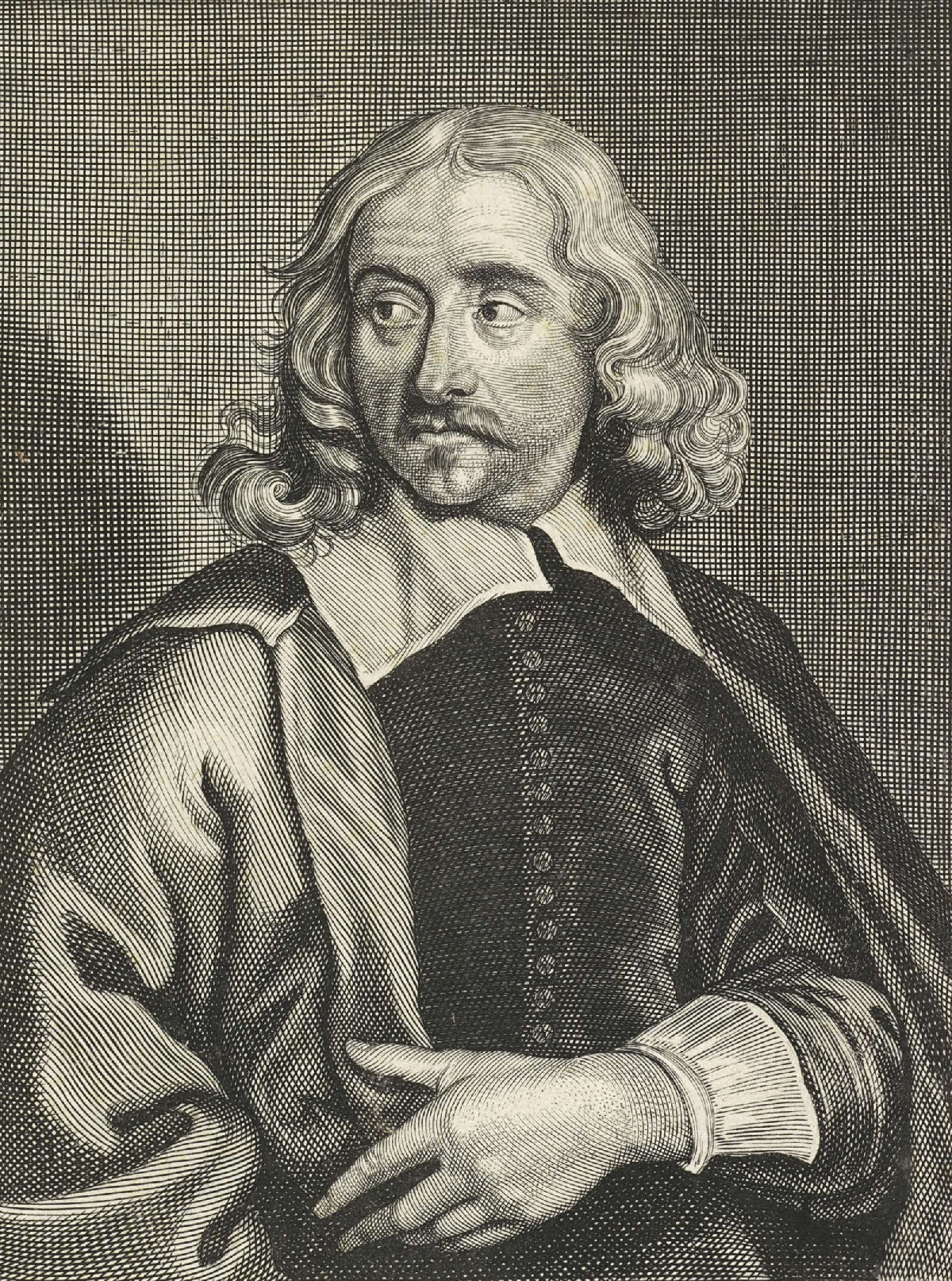
Adriaen van Utrecht was a Flemish painter known mainly for his sumptuous banquet still lifes, game and fruit still lifes, fruit garlands, market and kitchen scenes and depictions of live poultry in farmyards. His paintings, especially the hunting and game pieces, show the influence of Frans Snyders. The two artists are considered the main inventors of the genre of the pronkstillevens, i.e. still lifes that emphasized abundance by depicting a diversity of objects, fruits, flowers and dead game, often together with living people and animals. Van Utrecht also painted a number of flower still lifes. He was a regular collaborator with leading Antwerp painters who had been pupils or assistants of Peter Paul Rubens, such as Jacob Jordaens, David Teniers the Younger, Erasmus Quellinus II, Gerard Seghers, Theodoor Rombouts, Abraham van Diepenbeeck and Thomas Willeboirts Bosschaert.
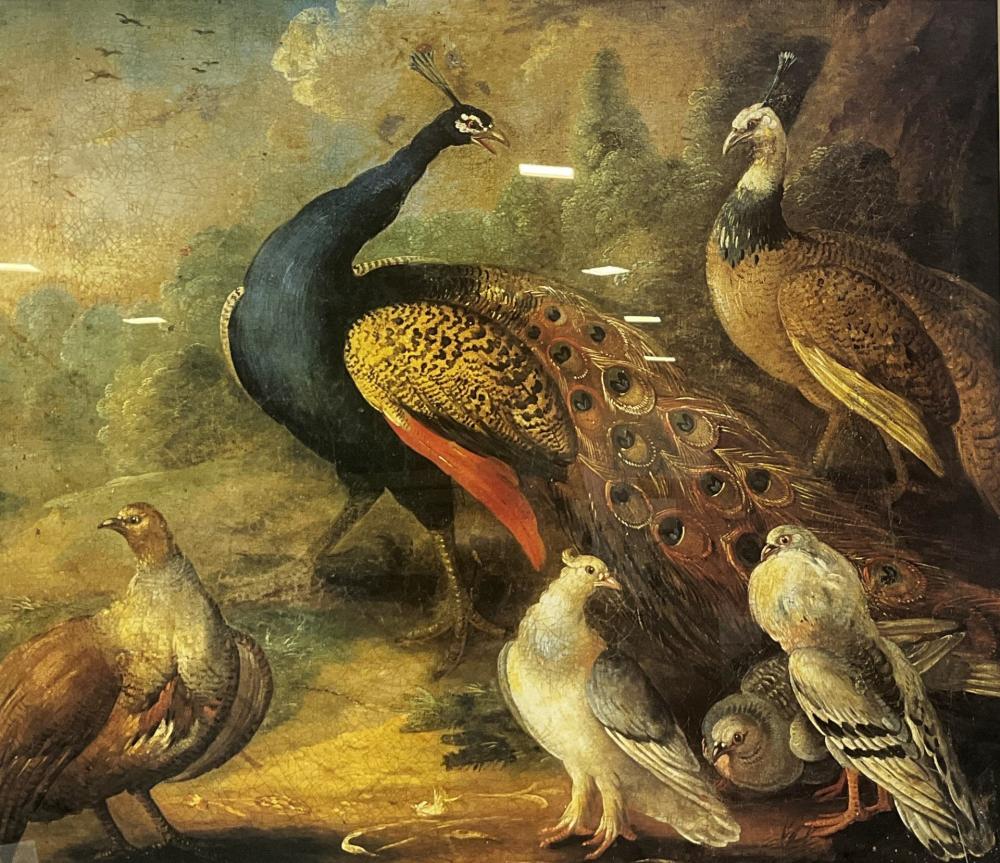
Marmaduke Cradock was an English painter of birds and animals.
Sketches in the collection of the British Museum indicate that he based at least some of the birds in his paintings on drawings from life. He tended to paint domestic birds and common wild species, rather than the exotic varieties favoured by some other artists. He sometimes introduced elements of drama such as attacks by predatory animals into his bird paintings, a feature shared with the works of Francis Barlow.
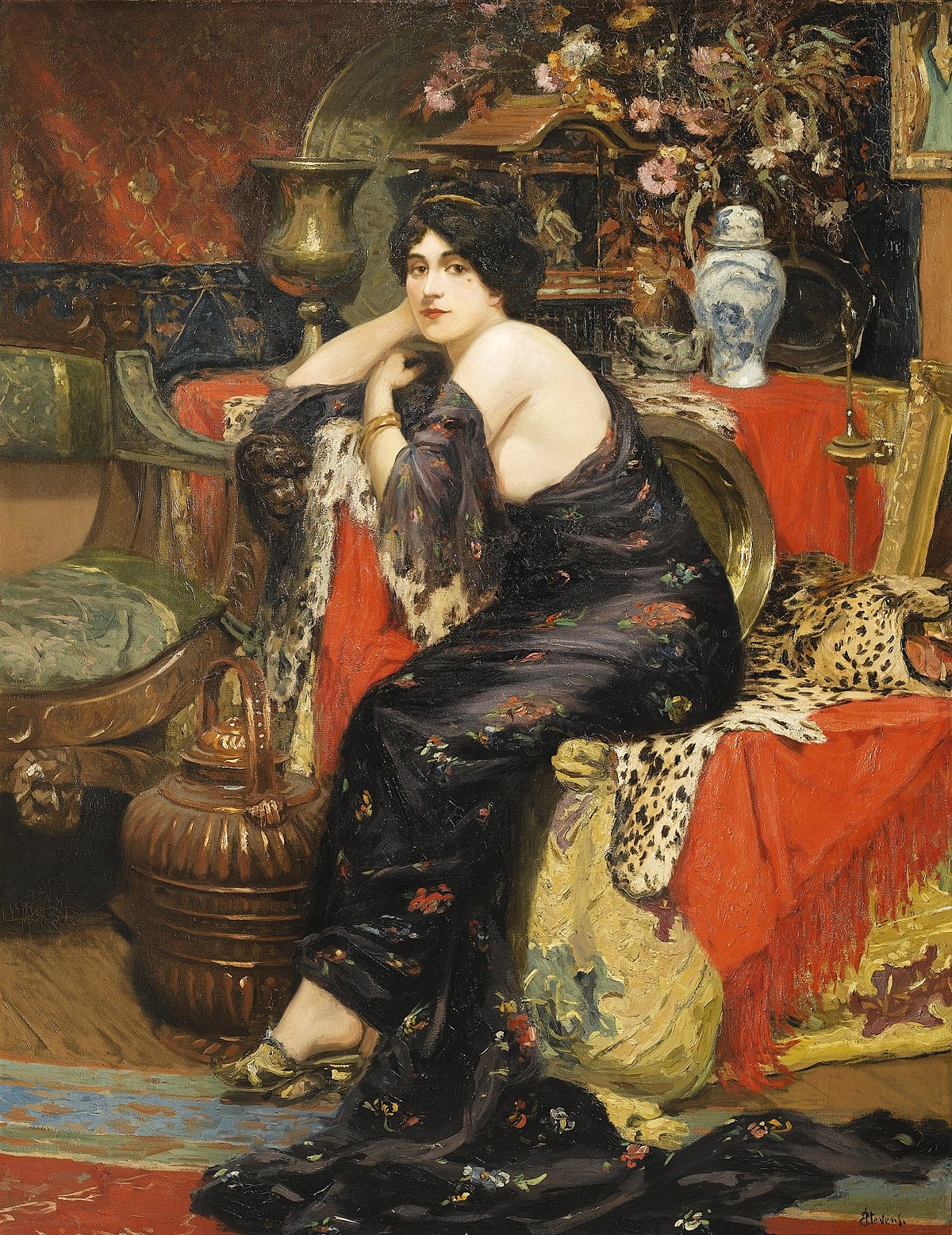
Agapit Pierre Jean Joseph Stevens (né Agapit Pierre Jean Joseph van Gotsenhoven) was a Belgian painter of figures and genre scenes, including several Orientalist pictures of odalisques, dancers and harem musicians.


